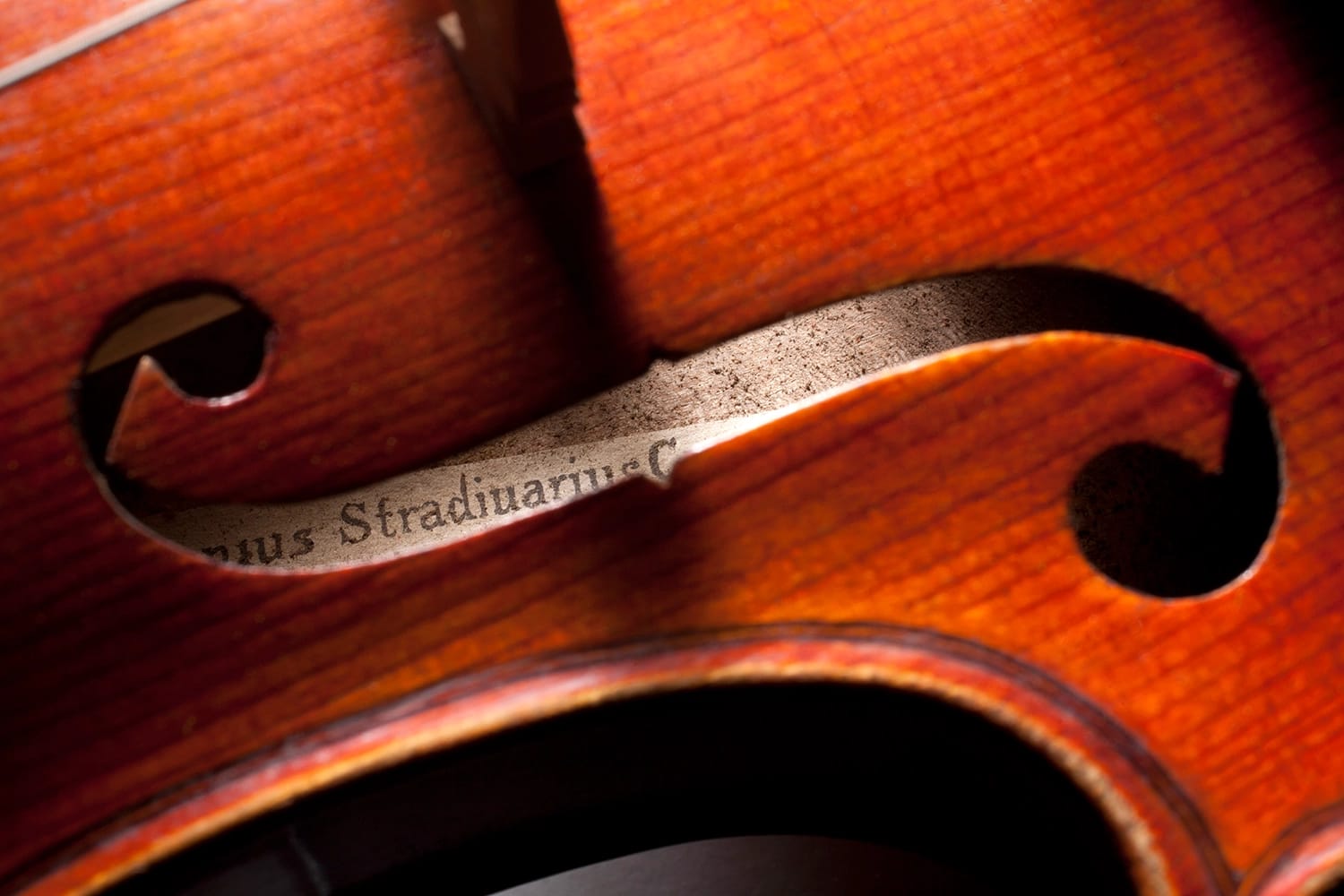
articles / Chapman Challenge
How Do You Loan a Stradivarius?

KUSC’s Alan Chapman has a lot to say about music, but can he say it in 60 seconds? That’s the Chapman Challenge. We ask a question and Alan has a minute to answer it.
Today’s question is from Lee in San Diego who writes, “I recently attended a concert where the violinist was playing a Stradivarius that was on loan. How does that work?”
Given the rarity and desirability of Antonio Stradivari’s instruments, it was inevitable that prices would escalate greatly. In 2011 one of his violins sold for $16 million. Many are owned by foundations. Individuals who have the resources to buy them are not necessarily musicians, but they appreciate the fact that they should be played and heard. And many of these instruments are on loan for an indefinite period.
One organization that facilitates such loans is the Stradivari Society of Chicago, which acts as an intermediary between musicians and patrons. The list of artists they’ve helped reads like a who’s who of great violinists: Joshua Bell, Hilary Hahn, Gil Shaham, Midori, Sarah Chang, Philippe Quint, Augustin Hadelich, Maxim Vengerov, and more.
That’s today’s Chapman Challenge. Is there a question you’d like to have answered in 60 seconds? Send it to us at [email protected].






